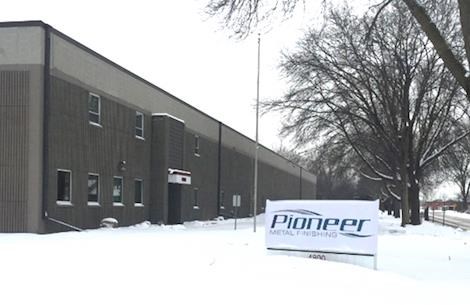Pioneer Metal Finishing Relocates to New Hope, Minnesota
The New Hope facility will feature advanced technology and disciplined manufacturing processes to keep Pioneer at the forefront of the metal finishing industry.

Pioneer Metal Finishing has announced a $10 million investment as the company will relocate its Minneapolis operations to New Hope Minnesota. The move will provide room for expansion of the company’s service offerings and the installation of a technologically advanced anodizing line.
The New Hope facility will feature advanced technology and disciplined manufacturing processes to keep Pioneer at the forefront of the metal finishing industry.
“Our decision to invest $10 million dollars in a new facility and new equipment is directly related to serving our customers, improving our operation, and being a competitive supplier for years to come," says Bob Pyle, Pioneer Metal Finishing’s hief Executive Officer. "This new facility continues Pioneer’s proud tradition of serving customers in the Minneapolis market for more than 70 years. Our entire organization is energized about our future and we are committed to our customers’ success. We’re excited to set the standard in the metal finishing industry. Pioneer’s investment demonstrates our commitment to customers, our community, and our employees."
The new facility will be operational in the first quarter of 2017. The Minneapolis plant on River Road will be decommissioned after the new facility is fully operational.
For information, visit pioneermetal.com.
Related Content
-
Understanding and Managing White Spots on Anodized Aluminum
Having trouble with spotting defects when anodizing? Taj Patel of Techevon LLC offers a helpful overview of the various causes of white spots and potential solutions.
-
Top Shop Aces Outstanding Customer Service
More than a finishing shop, this anodizing, powder coating and vacuum resin impregnating business goes above and beyond for its customers by being a resource for whatever their finishing needs might demand.
-
Pulling Out All the Stops
Evolving coatings and finishes for automotive brake components.









.jpg;maxWidth=300;quality=90)





